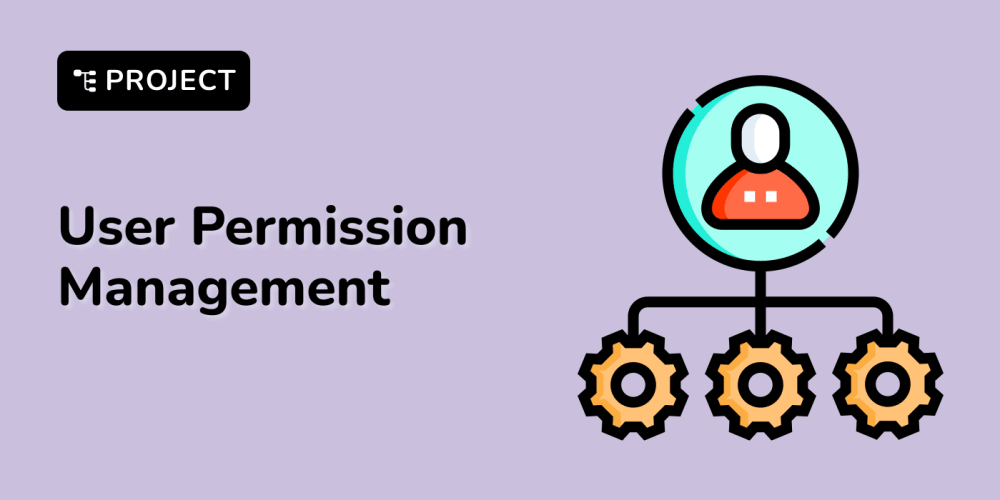In today’s digital age, your personal brand is as important as your technical skills. As a software developer, building a strong personal brand can open doors to new opportunities, whether it’s landing your dream job, attracting freelance clients, or establishing yourself as a thought leader in the tech community. But how do you go about building a personal brand that stands out?
This article will guide you through the essential steps to create a compelling personal brand as a software developer, complete with coding examples to help you showcase your expertise.
. Create a Personal Portfolio Website
Your personal website is the cornerstone of your online presence. It’s the first place potential employers, clients, or collaborators will visit to learn more about you. A well-designed portfolio site should highlight your skills, projects, and contact information.
Example:
Using Next.js and React, you can create a simple yet effective portfolio site:
npx create-next-app my-portfolio
cd my-portfolio
npm run dev
Customize the pages to include sections like About Me, Projects, Blog, and Contact. Deploy your site using platforms like Vercel or Netlify to make it accessible to everyone.
// Example of a simple React component for the About Me section
const AboutMe = () => {
return (
<section>
<h1>About Me</h1>
<p>
I'm a passionate software developer with experience in building
web applications using modern technologies like React, Node.js,
and Python. I love solving complex problems and am always eager
to learn new things.
</p>
</section>
);
};
export default AboutMe;
. Showcase Your Projects on GitHub
GitHub is not just a platform for storing code; it’s a showcase of your work. Regularly contribute to open-source projects and maintain your own repositories. This not only demonstrates your coding skills but also shows your ability to collaborate with others.
Example:
You can create a repository for each significant project you work on. Include a well-structured README.md file to explain what the project does, how to set it up, and any other relevant details.
Project Name
Description
A brief description of what the project does.
## Installation
Instructions for setting up the project.
bash
git clone https://github.com/username/project-name.git
cd project-name
npm install
npm start
Usage
Examples of how to use the project.
By organizing your repositories and keeping them up to date, you provide a valuable resource for anyone who wants to see your work.
3. Write Technical Blog Posts
Sharing your knowledge through blog posts is a powerful way to build your personal brand. Writing about your experiences, challenges you’ve faced, and solutions you’ve implemented can position you as an expert in your field.
Example:
Use Markdown or a static site generator like Jekyll or Hugo to write your blog posts. Here’s how you can structure a technical post using Markdown:
# How to Implement Authentication in Node.js
In this post, I will walk you through the steps to implement authentication in a Node.js application using JWT.
## Step 1: Setting up the project
...
## Step 2: Creating the authentication routes
...
## Conclusion
...
You can host your blog on your personal website or use platforms like Dev.to, Medium, or LinkedIn.
. Engage on Social Media
Social media is a powerful tool for building your personal brand. Platforms like Twitter, LinkedIn, and Dev.to are great for sharing your work, engaging with the tech community, and following industry trends.
Example:
Automate your social media posts using a script that schedules tweets or LinkedIn posts. Here’s an example using Python and the tweepy library for Twitter:
import tweepy
from datetime import datetime, timedelta
# Set up your Twitter API credentials
auth = tweepy.OAuthHandler(consumer_key, consumer_secret)
auth.set_access_token(access_token, access_token_secret)
api = tweepy.API(auth)
# Schedule a tweet
tweet_time = datetime.now() + timedelta(minutes=10)
tweet_text = "Just published a new blog post on implementing authentication in Node.js! #JavaScript #NodeJS #WebDevelopment"
api.update_status(tweet_text, tweet_time)
Consistent engagement on social media can help you build a following and establish your presence in the developer community.
. Network and Collaborate
Networking is an essential part of building your personal brand. Attend tech meetups, conferences, and webinars. Participate in hackathons and coding challenges. Collaborate on open-source projects or start your own.
Example:
Join coding platforms like LeetCode, Codewars, or HackerRank to participate in challenges and showcase your problem-solving skills. Here’s an example of how you can solve a problem and share it:
def reverse_string(s):
return s[::-1]
print(reverse_string("Hello, World!"))
Share your solutions and experiences on your blog or social media to engage with others and grow your network.
Conclusion
Building a personal brand as a software developer takes time and effort, but the rewards are well worth it. By creating a portfolio website, showcasing your projects on GitHub, writing technical blog posts, engaging on social media, and networking with others, you can establish yourself as a credible and influential developer.
Remember, consistency is key. Keep learning, keep sharing, and your personal brand will grow organically over time.
Feel free to share your thoughts and strategies on building a personal brand in the comments below!
Thank you for reading my article! For more updates and useful information, feel free to connect with me on LinkedIn and follow me on Twitter. I look forward to engaging with more like-minded professionals and sharing valuable insights.



















